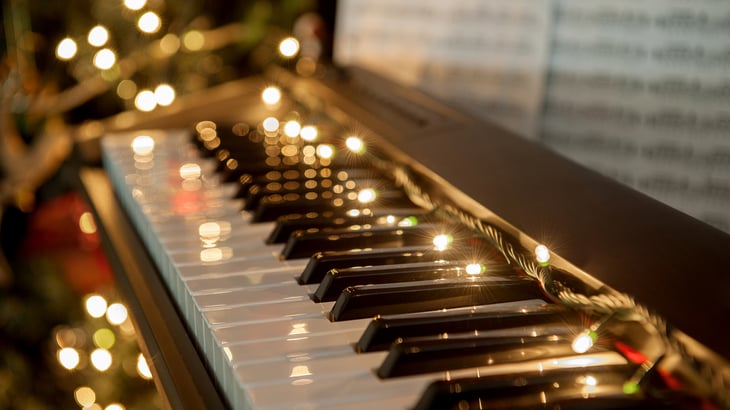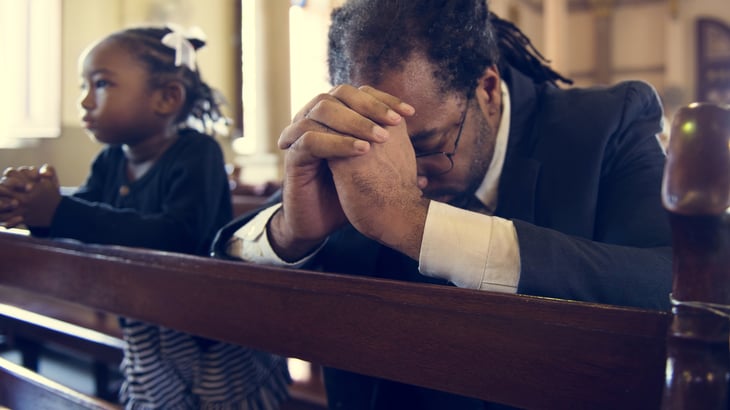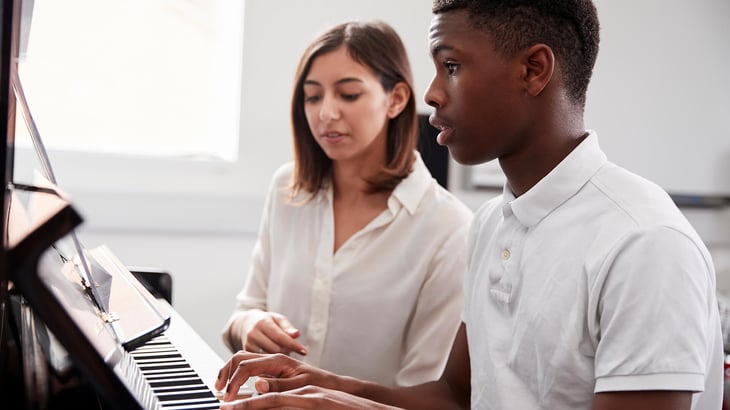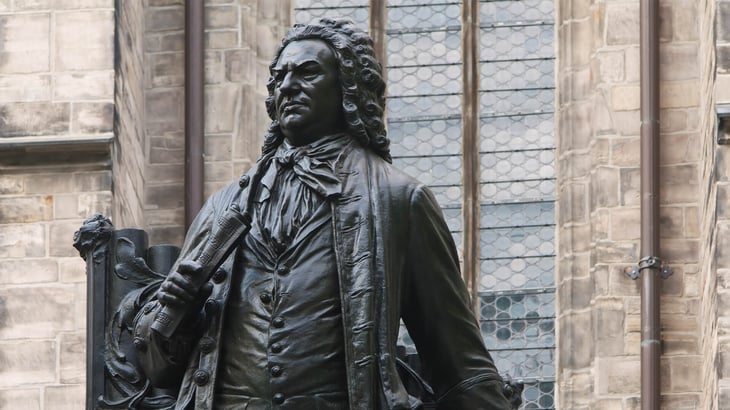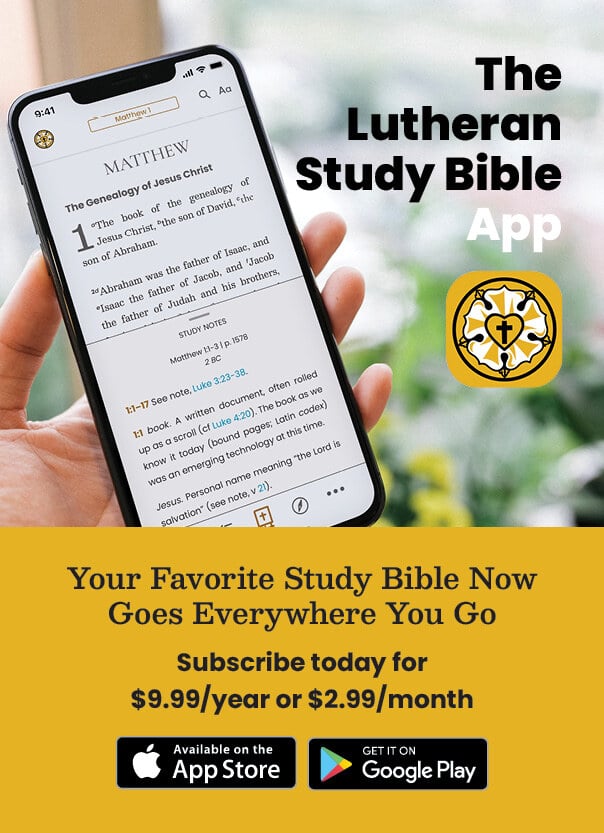Recent Posts by Marie Greenway
Do We Listen to Too Much Music?
I was recently listening to a podcast in which one of the hosts shared a personal anecdote about his attempt to not listen to music all day. He briefly related how he realized he had music playing almost constantly and found it incredibly difficult to stop listening for one 24-hour period. This experiment reminded me of the countless people I know who work with headphones on or earbuds in all day long. It is almost assumed today that music will have a permanent place in the background of most environments, be it the office, a coffee shop, or anything in between.
Pondering Christ in Our Work as Church Musicians
A common complaint in our modern culture is the swiftness of time. It seems like every month we look at each other and ask, “Where did the last month go?” For church musicians, this is especially true during Advent as Christmas approaches, more closely followed than we might wish by Lent and Easter. It seems as though there is never enough time to adequately prepare our music and our hearts for each season.
Waiting for the Light of the World
“Jesus Christ is the Light of the world, the light no darkness can overcome.”
These words mark the opening of the service of Evening Prayer (Lutheran Service Book, p. 243). The language of light and darkness reminds us that Christ, our light, has overcome the darkness of sin, death, and the evil one. Christ as the light of the world is taken directly from Scripture and is a recurring theme throughout Advent. As a new Church Year begins in the season of Advent, we are surrounded by reminders in Scripture, in hymns and the liturgy, in traditions, and in nature, that light remains a crucial component both of our biology and our faith.
Technology and Church Music
We live in a world dominated by digital technology—technology that majorly affects our modern musical world. Although digital technology can offer us a wealth of music we might otherwise not have access to, digital recordings lack the inherent risk of live performance—a risk that lends live performances a certain sense of humanity. This humanity reflects the reality of our lives, including the reality of salvation through Christ. Although digital technology in the musical world is a great gift, it is a worthy endeavor to continue to pursue live musical performances in order to experience the wonder and beauty of music that we must take as is in all its imperfection.
The Importance of Movement in the Divine Service
As anyone who spends time around kids can attest, children love to move. In fact, it is often difficult to get them to sit still, and many teachers know how beneficial it is to plan lessons in which children can move their bodies while still learning. Like many things, this characteristic of children speaks truth about human beings in general: we are made to move.
The Liturgy of Back-to-School Routines
In this “Back to School!” time of year, what are your routines? You may be back in school already or preparing for its arrival in the coming weeks. It is this time of year that—whether or not we are actively involved in a school as a student, teacher, parent, administrator, church worker, or volunteer—we tend to pay attention to a change in routines. Summer’s coming to a close and the rapidly approaching autumn signals a return to stricter schedules and more involved days.
The Tedious Work of Musicians and Christians
I periodically see a meme floating around the internet jokingly mimicking those who praise musicians with phrases like “Wow, how did you get such great talent?” and “How do you play so beautifully?” The musician responds every time: “Practice.”
This meme expresses the truth of every great artist. Certainly, some possess a certain knack for particular arts and we hear about prodigies every once in a while, but the truth is that those who succeed in any area, whether music or otherwise, succeed because they put in the hard work of learning to do something well.
Church Musicians Need Rest Too
For many church musicians, summer is a time of rest from the rigors of the rest of the year. Music teachers find a respite in their school schedule, lesson teachers find that students take more time off during the summer, and church music directors, cantors, and organists often take the summer to break from the usual choir rehearsals and demands of festival Sundays. We need rest.
Teaching Today's Young Musicians with Musical Masters
While reading a child’s version of the biography of Johann Sebastian Bach to my students recently, I was struck with how much Bach learned from the “masters.” When practicing and perfecting his art, Bach intentionally sought out music written by those who preceded him whose works were masterful and worthy. Bach’s method of learning music in this way provides a powerful example of the way in which we should learn and teach music.
Teaching Psalms to Students
Every Maundy Thursday evening during the stripping of the altar, the choir at my church sings a version of Psalm 22, the Psalm that begins “My God, my God, why have you forsaken me?” It’s a poignant piece for that part of the service and a look at the way in which the Psalms continually point us to Christ. This repetition of the same psalm at the same service every year also ensures that the psalm becomes familiar to the congregation and offers members words of Scripture to pray in times of need.



